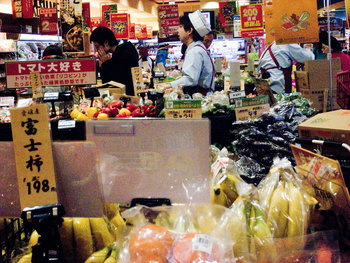
Minimum Wages
The most common type of price floor on an international basis is a minimum wage. This is typically designed to try to guarantee a minimum standard of living for those who are working and to prevent unethical employment whereby workers aren't benefiting from their labor. Where minimum wage is set too high, it can create unemployment as demand for labor falls at higher prices.Agriculture
A nation may seek to guarantee ample domestic supply of food by setting a price floor for agricultural commodities. This can create higher prices. Depending on how this is implemented, it can also create oversupply of food that is wasted.Negative Externality Goods
Negative externality goods are products and services that the government views as having a potentially negative effect on society. A common example is cigarettes that damage health. In rare cases, governments have set price floors for negative externality goods in order to reduce demand. This doesn't make much sense as it makes the product more profitable for the producer. A more common approach is to heavily tax these goods which has the same effect as a price floor but benefits the government as opposed to the producer.| Overview: Price Floor | ||
Type | ||
Definition | A government imposed minimum price for products, services or labor. | |
Related Concepts | ||






























